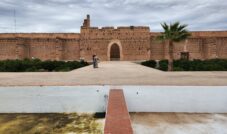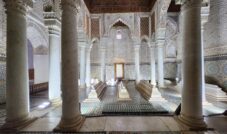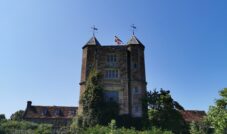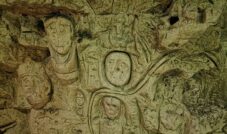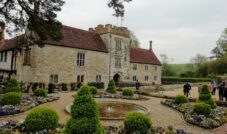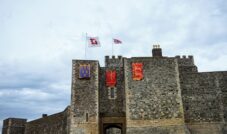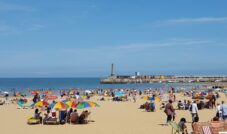It’s no wonder why Sir Winston Churchill made Chartwell his home. I loved wandering around the house, garden and lake. It was also interesting to see his many paintings in his studio. I also recommend visiting nearby Down House, Ightham Mote and Hever Castle.
See my photos from my visit, learn about the history and everything you need to know about visiting.
My Photos of Chartwell
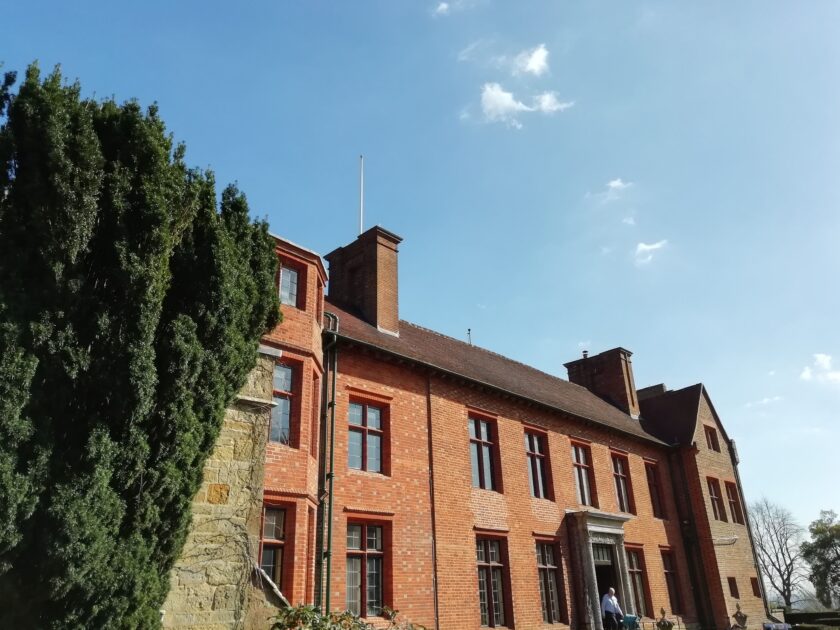
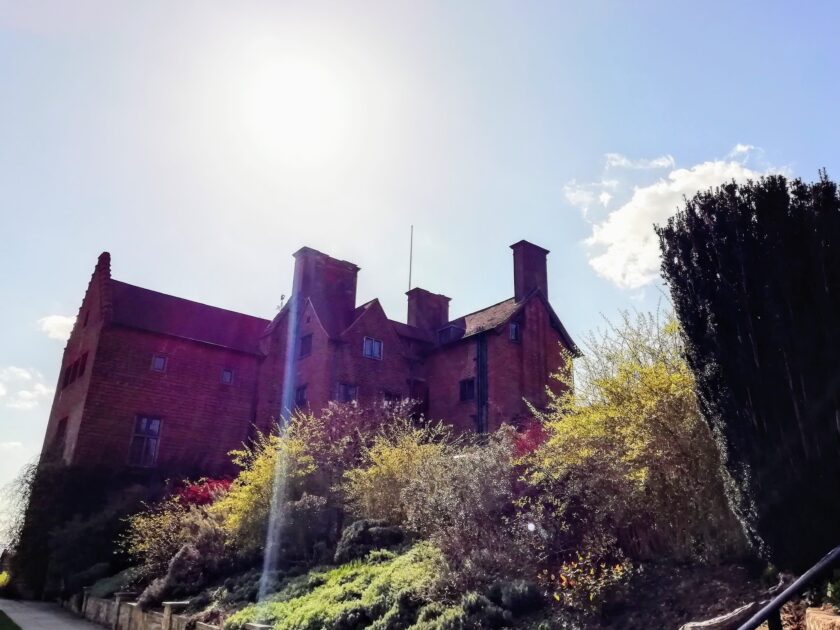
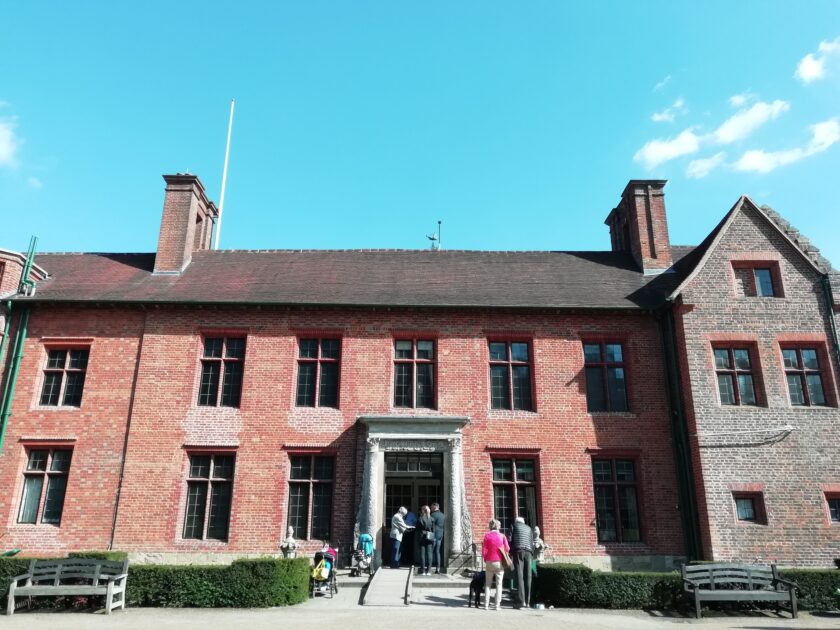
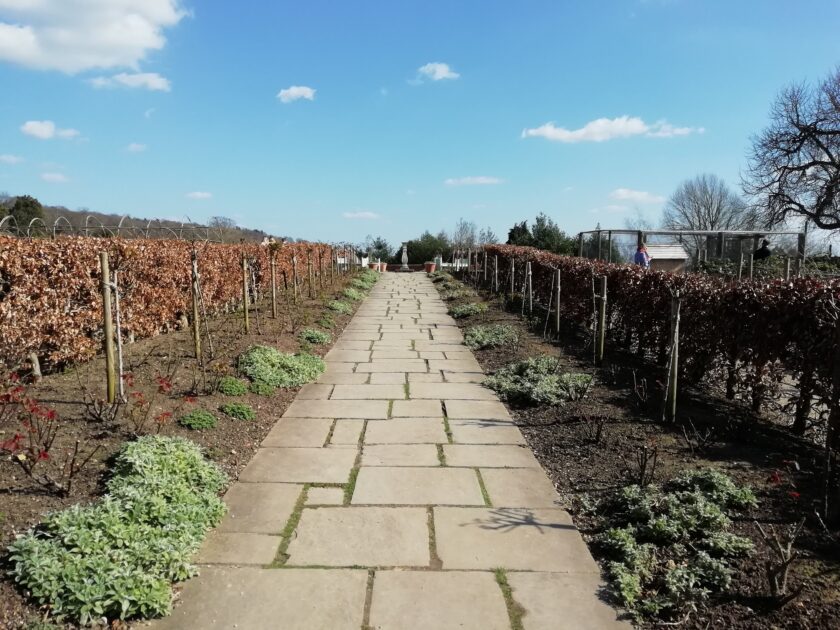
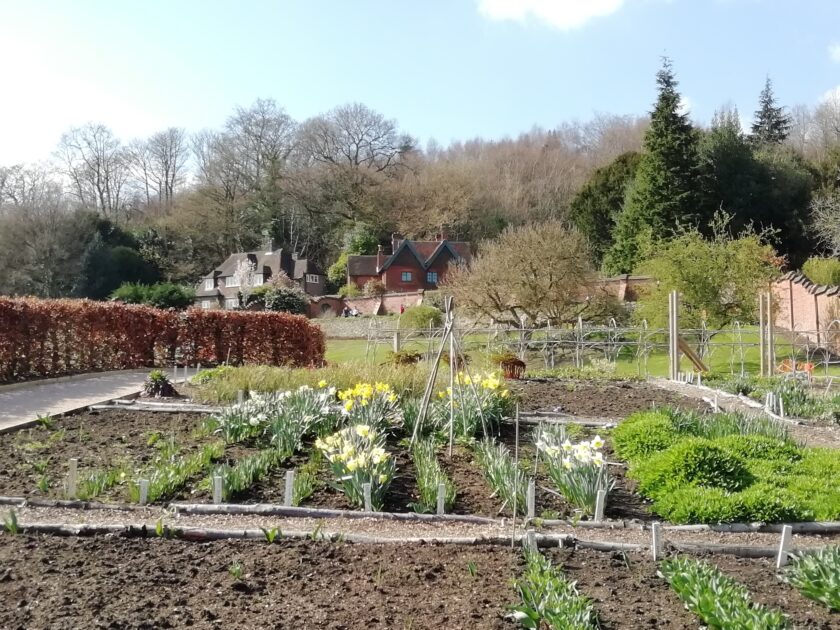
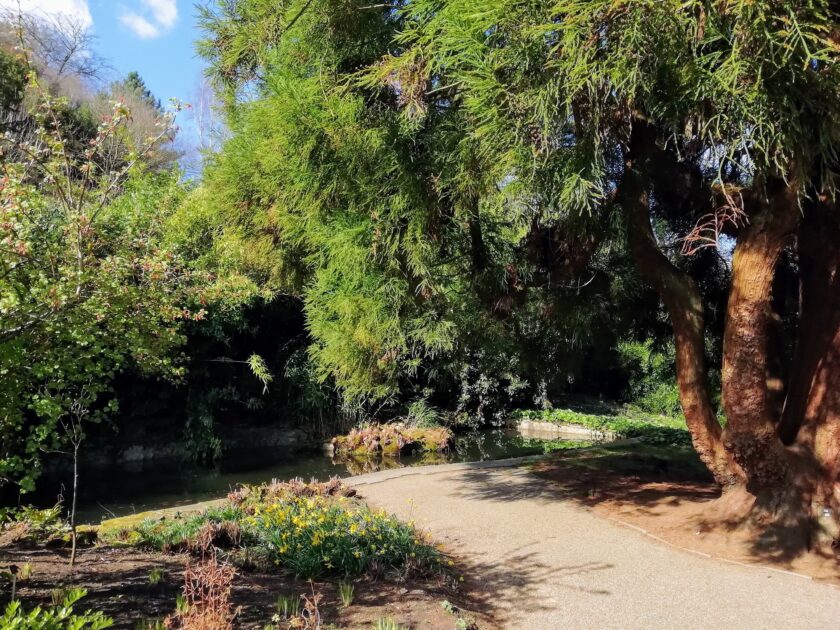
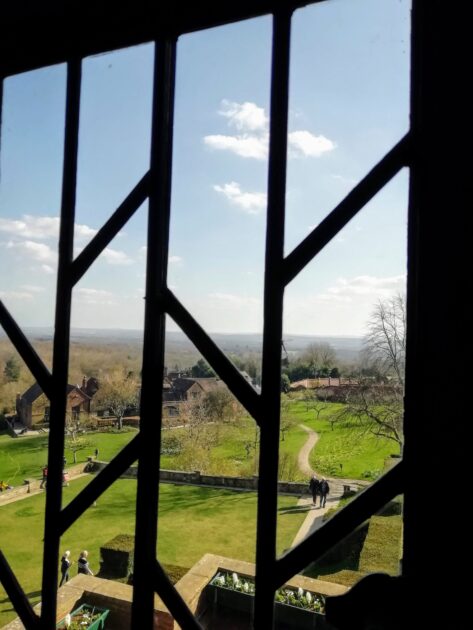
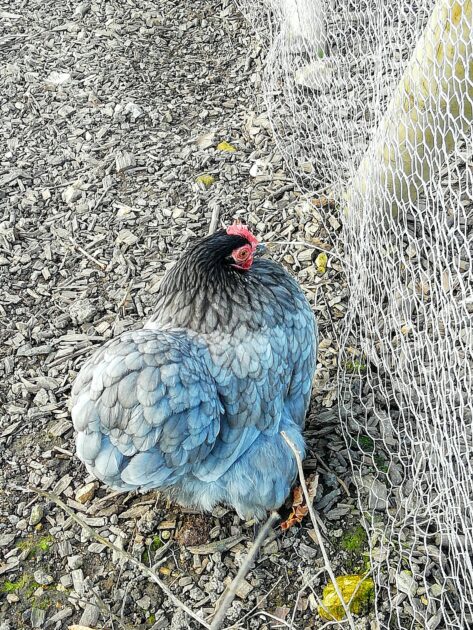
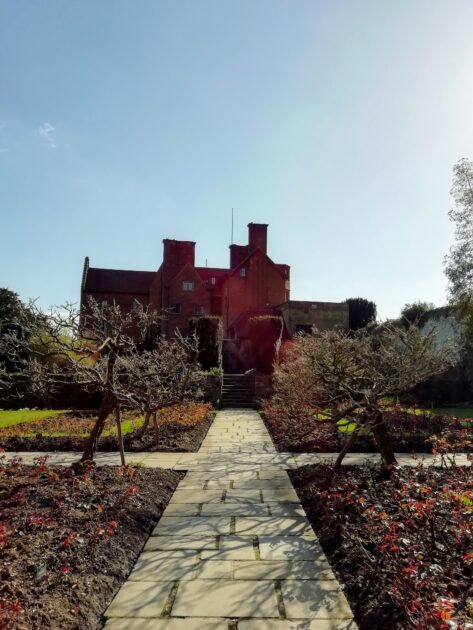
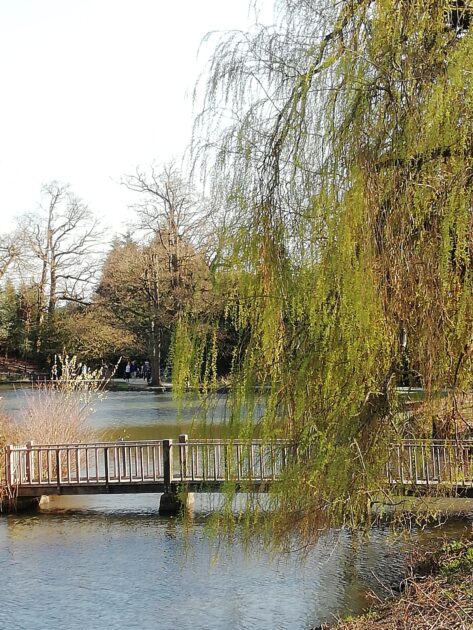
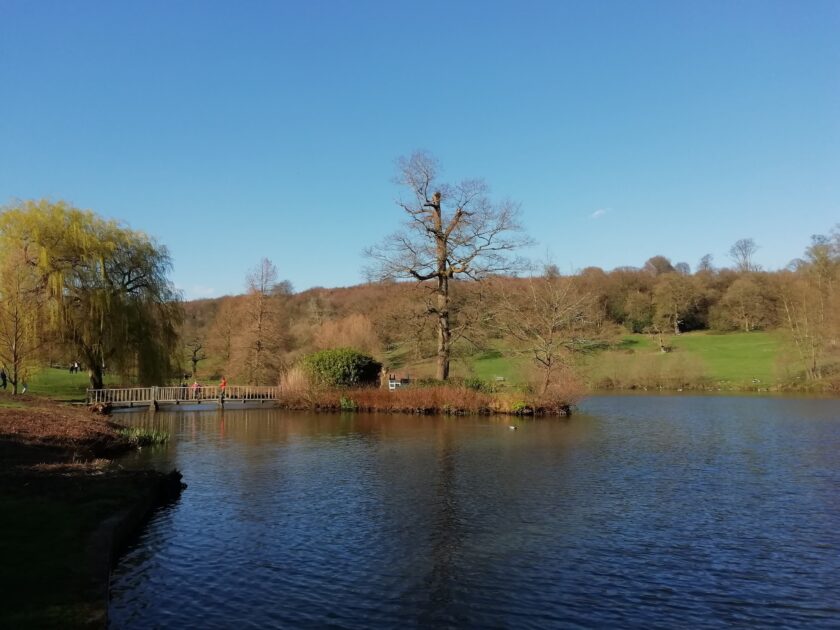
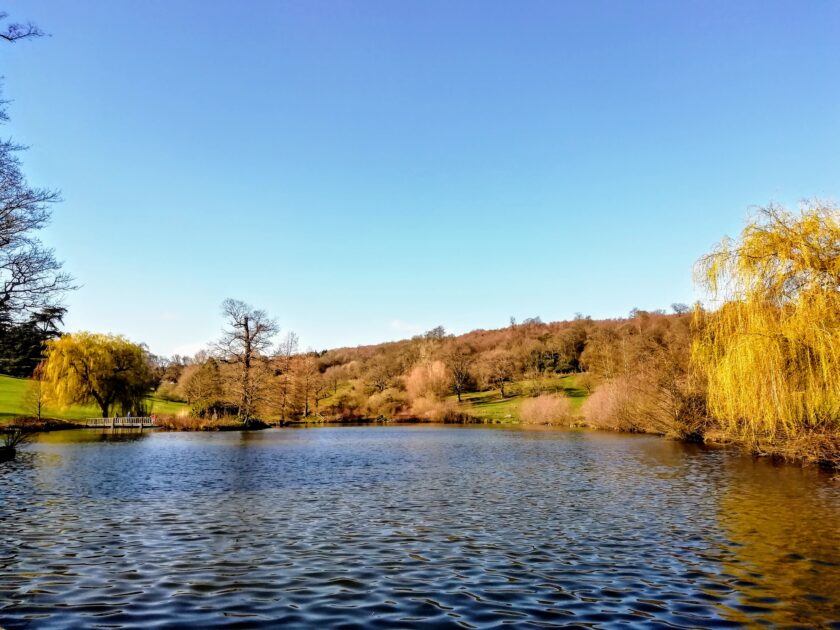
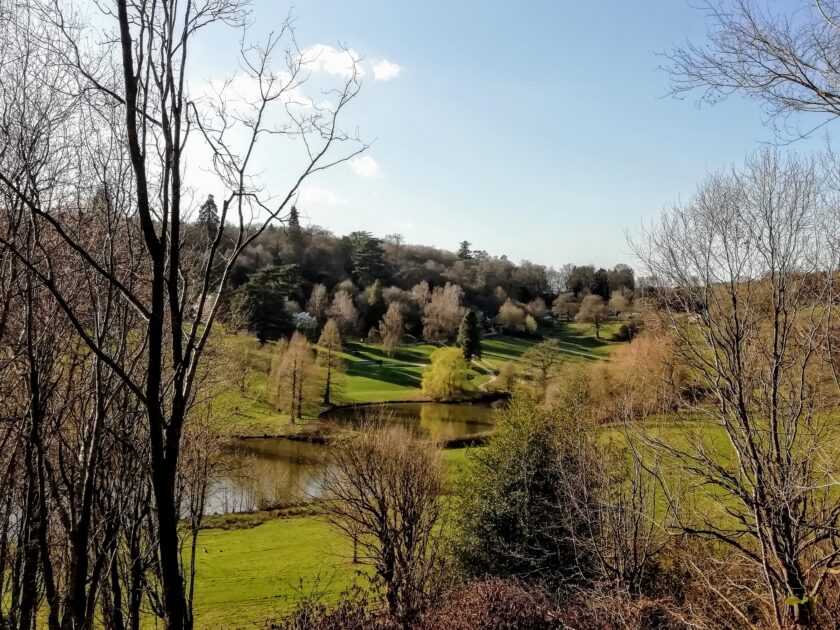
History of Chartwell
Chartwell is a country house near Westerham, Kent, best known as the beloved home of Sir Winston Churchill from 1924 until his death in 1965. The estate’s origins date back to the 14th century, and its name derives from a nearby spring — the “Chart Well.” Though the house itself was a modest Victorian structure, Churchill was captivated by its sweeping views over the Weald of Kent, calling them “the most beautiful and charming” he had ever seen.
Churchill purchased Chartwell in 1922, and with architect Philip Tilden, undertook extensive renovations. It became his sanctuary — a place to write, paint, entertain, and reflect. During WWII, the house was deemed too exposed and was largely unused, but Churchill returned after the war and spent his final years there. In 1946, friends purchased the estate for the National Trust, allowing the Churchills to live there for life. The house opened to the public in 1966, preserved as a monument to Churchill’s legacy.
10 Interesting Facts About Chartwell
- Churchill personally built walls, lakes, and a swimming pool on the estate — often with his own hands.
- The house contains over 130 of Churchill’s paintings, many created in his on-site studio.
- Churchill’s study remains exactly as he left it, with his desk, books, and bust of Napoleon.
- The Rose Garden was designed by Lady Clementine Churchill, his wife.
- Chartwell was nearly sold in 1938 due to financial strain — friends stepped in to save it.
- Churchill’s black swans still swim in the ponds he created.
- The estate includes a treehouse, bomb crater, and Canadian camp for children.
- Churchill referred to Chartwell as his “daily inspiration” and said “a day away from Chartwell is a day wasted.”
- The studio houses the largest single collection of Churchill’s artwork.
- Chartwell hosted guests like T.E. Lawrence, Walter Sickert, and Virginia Woolf.
Things to See and Do at Chartwell
- Tour the House
Explore rooms preserved as they were in the 1930s, including Churchill’s study, dining room, and bedrooms. - Visit the Studio
Admire Churchill’s paintings and learn about his artistic process in the light-filled studio. - Stroll the Gardens
Wander through the Rose Garden, kitchen garden, and lakeside paths designed by Churchill and Clementine. - Climb the Treehouse and Explore the Bomb Crater
Perfect for families — discover natural play areas and wartime history. - Walk the Estate Trails
Choose from several routes across 80 acres of woodland and farmland. - Browse the Second-Hand Bookshop
Find vintage titles and Churchill biographies in Laundry Cottage and the Coach House. - Enjoy Seasonal Exhibitions
Visit rotating displays on Churchill’s life, politics, and personal interests. - Dine at the Landemare Café
Named after Churchill’s cook, serving hot meals, cakes, and garden-grown produce. - Shop for Churchill Memorabilia
Pick up books, gifts, and plants in the on-site shop. - Join a Guided Tour or Audio Experience
Learn about Churchill’s legacy through volunteer-led tours and audio guides.
Practical Information for Visiting Chartwell
- Location: Mapleton Road, Westerham, Kent TN16 1PS
- Opening Times:
- House: 11:00 am – 5:00 pm (timed entry required)
- Garden, Café, Shop: 10:00 am – 5:30 pm
- Studio: 11:30 am – 4:00 pm
- Entry Fees:
- House, Garden & Studio: Adults £22.00 / Children £11.00 / Family £55.00
- Garden & Studio only: Adults £15.40 / Children £7.70 / Family £38.50
- National Trust members: Free
- Recommended Visit Duration: 2–3 hours
(Allow extra time for estate walks or exhibitions) - Tickets:
- Timed house entry available at Visitor Centre or online
- Chartwell – National Trust
- Parking: £5 per car (free for NT members with card scan); overflow available
- Accessibility:
- Ground floor accessible; steep garden paths and cobbles
- Tramper mobility scooter and manual wheelchairs available (pre-book)
- Dogs:
- Welcome on leads in gardens and estate; assistance dogs only indoors
- Food & Drink:
- Landemare Café, seasonal kiosks, picnic areas
- Toilets:
- Accessible and baby-changing facilities near café and shop
- Transport:
- Train: Sevenoaks (6 mi), Oxted (6 mi), Edenbridge (4 mi)
- Bus: 246 from Bromley North (Sundays & holidays)
- Sat Nav: TN16 1PS
- Nearby: Quebec House, Emmetts Garden, Hever Castle, Knole Park
More guides on Kent
- Best Things To See, Do And Eat In Whitstable
- Best Things To See, Do And Eat In Folkestone
- Best Things To See, Do And Eat In Faversham
- Best Things To See, Do And Eat In Deal
- Best Things To See, Eat And Shop In Broadstairs
- 48 Hours In Margate – Fun & Unique Things To Do
- Best Castles In Kent
- Where Are The Oldest Castles In Kent?
- A Guide To Kent’s Sandy Beaches (And What To See And Do Afterwards)
- Best Coastal Towns In Kent
- In Photos: Why Dungeness Is Worth Visiting – Things To Do & History
- In Photos: A Walk Around Samphire Hoe Country Park & Beach
- Visit Edenbridge: Ultimate Guide To Things To Do

